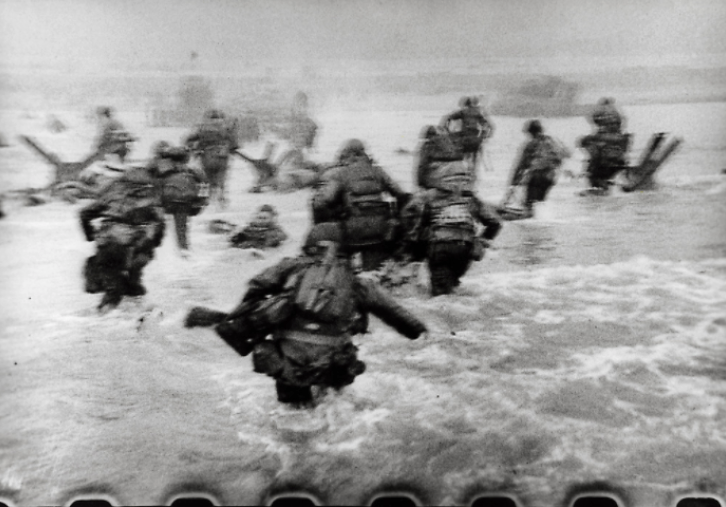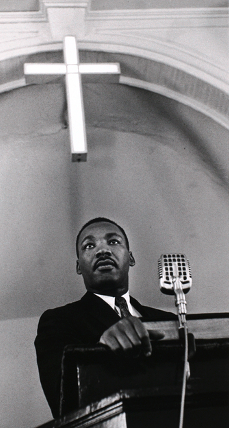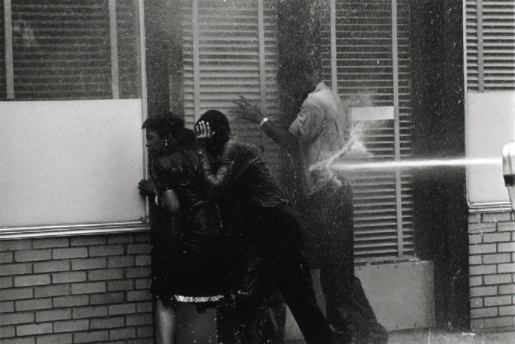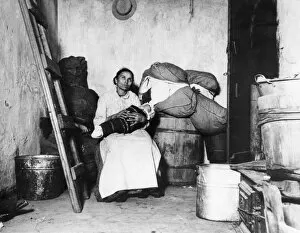The Wonders of Photojournalism
The power of images is undeniable. An image can change an entire outlook of an individual or even a society. A well-known National Geographic photographer once stated, “Photography has the power to undo your assumptions about the world,” — Aaron Huey. Huey is not wrong about a single image can change the very perception of one’s outlook on the world. Photography lies in its ability to ignite one’s emotions across various aspects of human cultures. Photography essentially serves as a conduit of information and emotions. So how does one define photojournalism? The purpose of the paper is to provide insight into how I define photojournalism both past and present.
Photojournalism is made up of two components: Photography and Journalism. The two components are similar in goals: to share information and news. So, to define photojournalism, I would share it is a form of mass communication that utilizes photographs to share information or to tell a story. A photojournalist will utilize the skill of photography to share a newsworthy event or to simply tell a story.
The profession of photojournalism is alive and well. The decline in conventional media tools (newspapers and magazines) has not deter the need of photojournalism. The need and want of powerful and meaningful photographs are a constant want by various media outlets. The works of photojournalists are even highly sought by various social and political organizations to sway various individual(s). The job of photojournalists has been as impactful and warranted since its earliest roots dating back to Antebellum America. So, photojournalism is alive and well and can offer various opportunities in this field of journalism. How would or could I make a living as a photojournalist in today’s media and corporate environment?
The simplest solution is to have ensure your work is both meaningful and professional. Aside from having one’s work credible and meaningful, the next best solution is to either have an agent or become affiliated with a publishing agency. Affiliation with an agent or a publishing agency can guarantee your professional work attracting the attention of both the public and private entities. The result of this can be both rewarding personally and the progression of one’s career. I believe by making my work meaningful and professional I can help bring knowledge and change to the world. I hope to bring change more than money.
Ethics:
As journalists we all should know the SPJ Code of Ethics. We know the SPJ provides a guideline on how a journalist should behave or conduct him or herself when reporting on a story. The rules provide how we need to seek truth and report it, minimize harm, act independently, and be transparent and accountable for our work. The same rules should also apply to the world of photojournalism. We should ensure we share the truth when we conduct ourselves and our work. Our work should try and minimize potential harm (might be harder in a warzone) to anyone involve in said photographs. Our works should be independent and not be swayed by outside forces. Lastly, we should always be accountable for our works. It is wrong professionally not to be accountable for our potential works. Overall, we need to stride ourselves to be professional journalists and stand out for the good of our work.
Famous Photojournalists:
1930s-1950s
Robert Capa (1913-1954)
Robert Capa is a well-renown war photographer and photojournalist who documented conflicts across Europe (The Spanish Civil War and World War Two). Born as Andre Friedman in Budapest, Hungary. He would attend Deutsche Hochschule fur Politik (Germany Academy of Politics). He would leave Germany for Paris with the rising threat of the Nazis. In Paris, Capa would share a darkroom with other photographers like David Seymour and Henri Cartier-Bresson. He would work as a photojournalist covering The Spanish Civil War. Capa would also photograph the conflict in Europe during the Second World War. Capa would land with the 4th Infantry Division on Omaha Beach during the D-Day Landings. One of his famous photographs was the Magnificent 11.

Reaction:
The following photo is truly remarkable. The following photo depicts the bravery of soldiers. The photo can also be depicted as the force that would bring freedom to those facing tyranny. The out of focus for the photograph makes the image stand out more. I believe it showcases the fear that many faced when heading into battle. The photo furthers show the amount of danger our boys faced when storming the beaches of Nazi Occupied-France. I believe what really makes the image stand out is both its lack of focus and one of the most decisive moments in modern history. Sadly, I could not recreate this photo in Las Cruces, but I could make something similar such as emergency services responding to a call.
1960s-1980s:
Charles Moore (1931-2010)
Charles Moore is known for photographing the struggles and unity of the various Civil Rights Movements from the 1960s to the 1980s. His works include several portraits of the Selma March of 1965 and that of figures like Dr. Martin Luther King Jr. The two photographs I will focus on is one of a portrait of Dr. Martin Luther King Jr and one of protestors during a protest in Alabama


Reactions:
The first photograph of Dr. King is amazing and breathtaking. I enjoy the angle the photo was taken to show both Dr. King and a cross. I see some powerful imagery here. In a deeper context, I feel the power of both Dr. King and the cross. I feel like what he is preaching is exactly something any Christian would vouch for. The lighting and shadows from inside the building further enhances the grace and power of the image. The angle of the photo is really what draws me. The second image is also powerful. The timing of the photo contributes to the brutality faced by civil right demonstrators during the late 20th century. The photo captures a decisive moment in history. Photos such as the one above showcased the mistreatment many faced in this country. The above image would help contribute to the public perception being changed and become more sympathetic and supportive of civil rights movements. I generally love how the image is centered on the reaction of the demonstrators. The following image brings a powerful response to me. I felt anger and disgust that anyone could ever endure such treatment. I truly admire the powerful imagery of Charles Moore. I could capture a photo like this in terms of public figures at various events or fundraisers.
1990s-Present:
Charlie Hamilton James (1974)
Charlie Hamilton James is a television presenter, photographer, and a photojournalist that has cover exclusively on wildlife and nature. His photos depicted and told stories across the forests of south America to the rolling savannahs of Africa. His works depict the vast amount of beauty of various ecosystems across the world. He would also photograph images depicting various native locals across the world and their connections to the wildlife around them. James would even showcase the brutality and survival of wildlife and their ecosystems.

Reaction: The photo caught my eye not simply for the beautiful caption, but I love how the lighting plays a role in the photo. The lighting brightens the scene and makes the and the sage grouses’ standout more. I feel the power and the beauty of this photo. I always deeply love wildlife photographs. Wildlife photography can just tell an emotional and meaningful story on the beauty of life outside of human civilization. I know I could recreate a similar image up by Dripping Springs Natural Area. It would require me to spend large sums of time up there, but such an image would be worth it.






